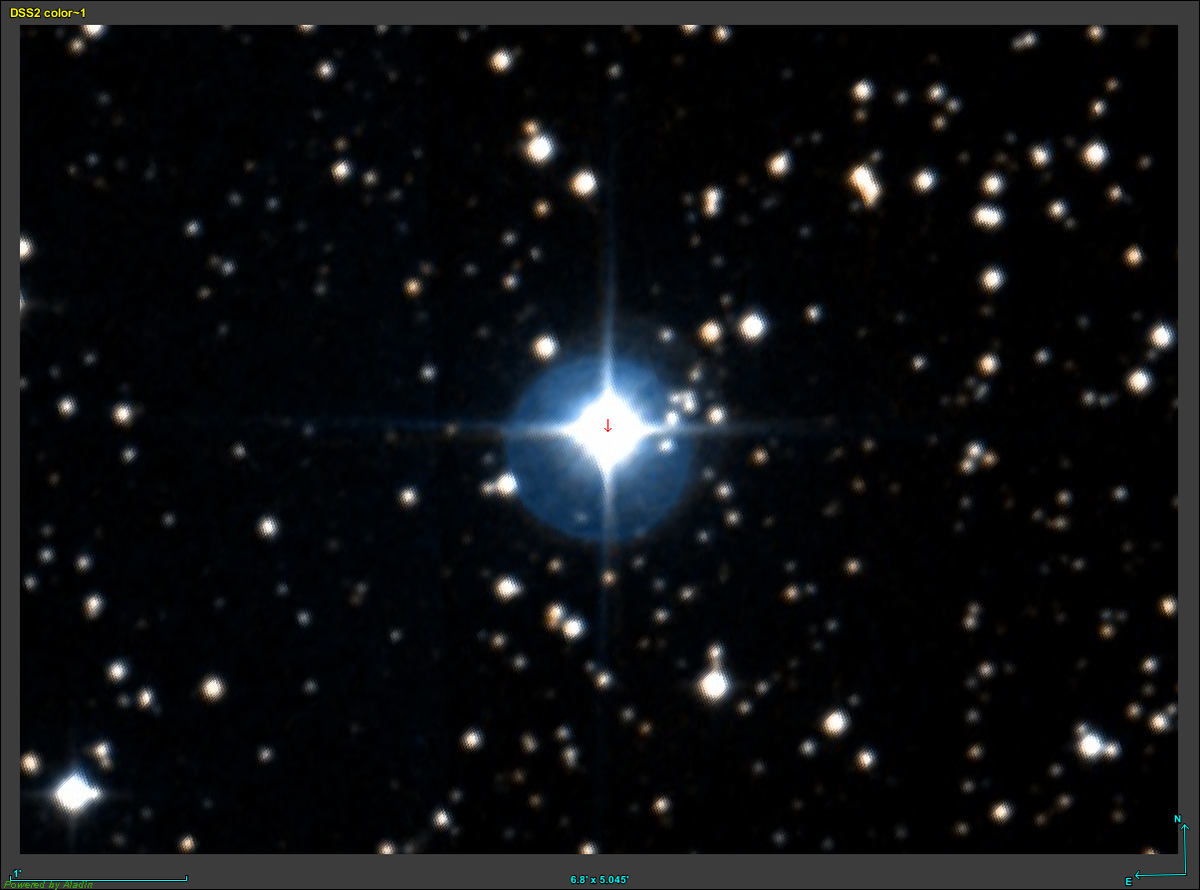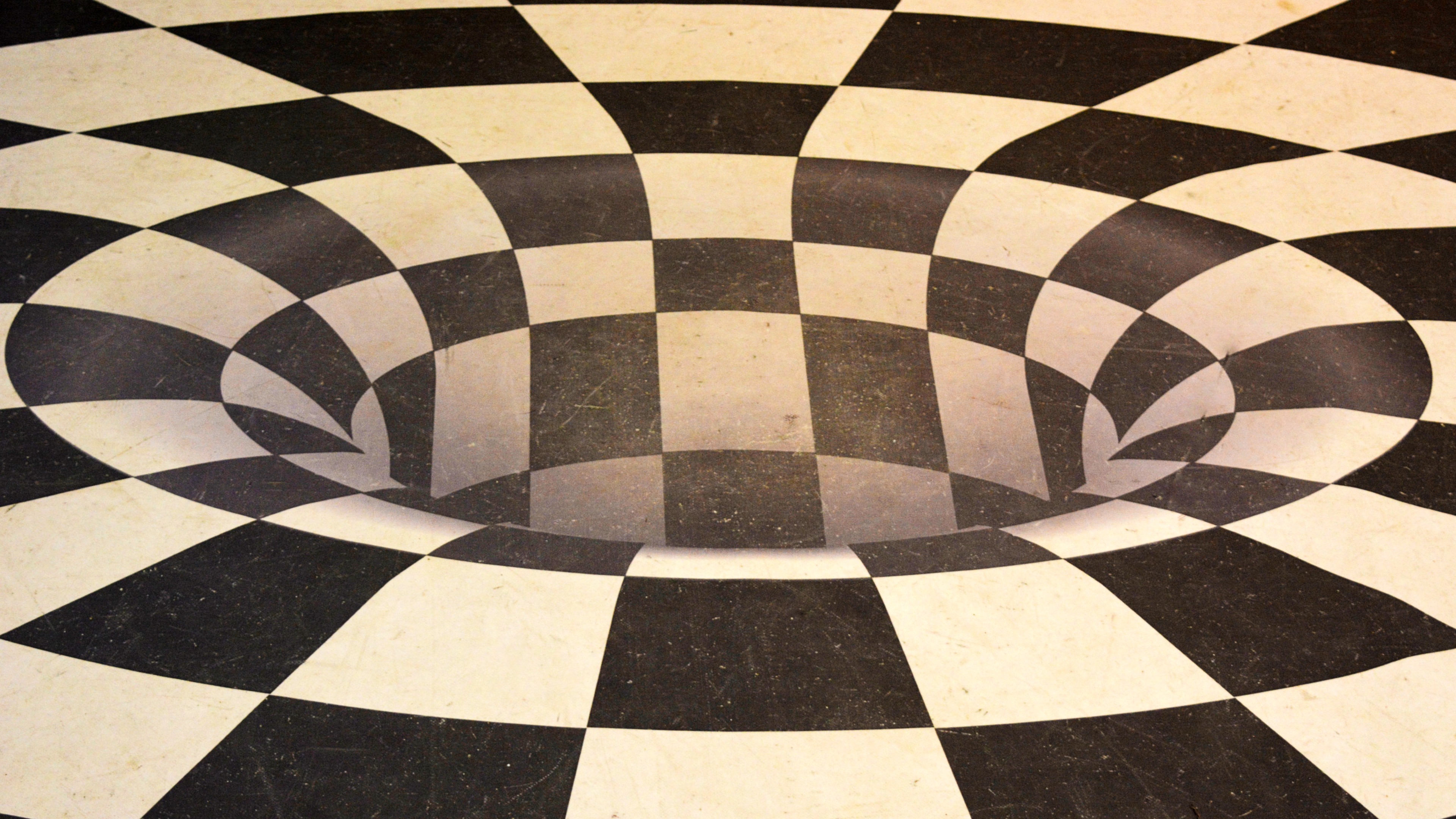Mapping Local Food “Deserts”
A volunteer effort to map all the food stores in Brooklyn, N.Y., is an example of two rising trends: citizen mapping and increasing scrutiny of urban Americans’ access to healthy food.
Sign up for the Smarter Faster newsletter
A weekly newsletter featuring the biggest ideas from the smartest people
To what extent does wealth determine nutrition? “Northern and central Brooklyn have some of the unhealthiest food stores in New York City, according to a paper published by New York City District Public Health Office researchers in January. ‘We want to get to a more specific and detailed description of what that looks like,’ says Jeffrey Heehs, who leads the mapping project. He hopes the map will help residents find fresh food and help policymakers assess food availability. The Brooklyn mapping effort represents the intersection of two growing trends: mapping fresh food markets in U.S. cities, and private citizens creating online maps of local features in their neighborhoods.”
Sign up for the Smarter Faster newsletter
A weekly newsletter featuring the biggest ideas from the smartest people



